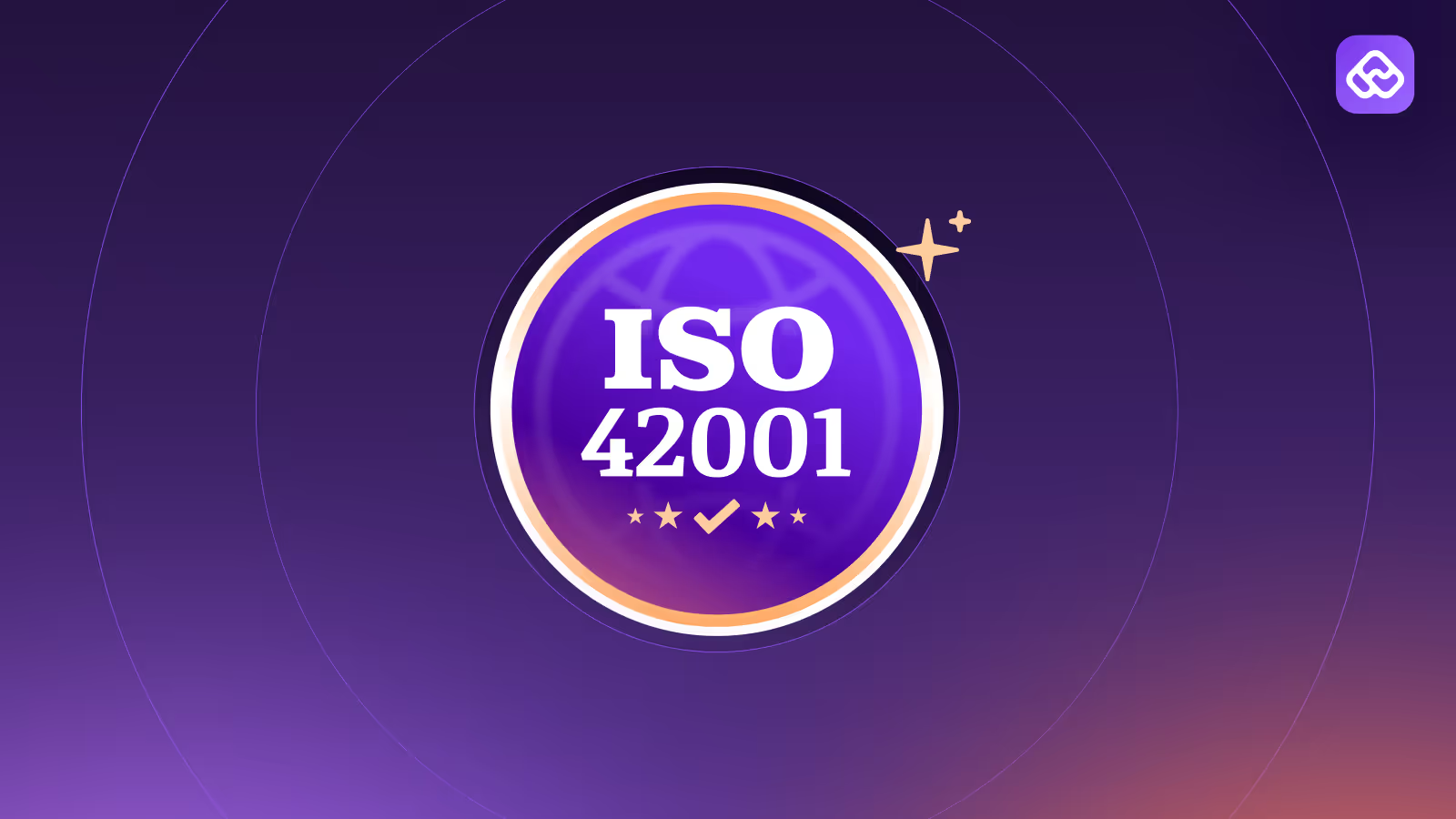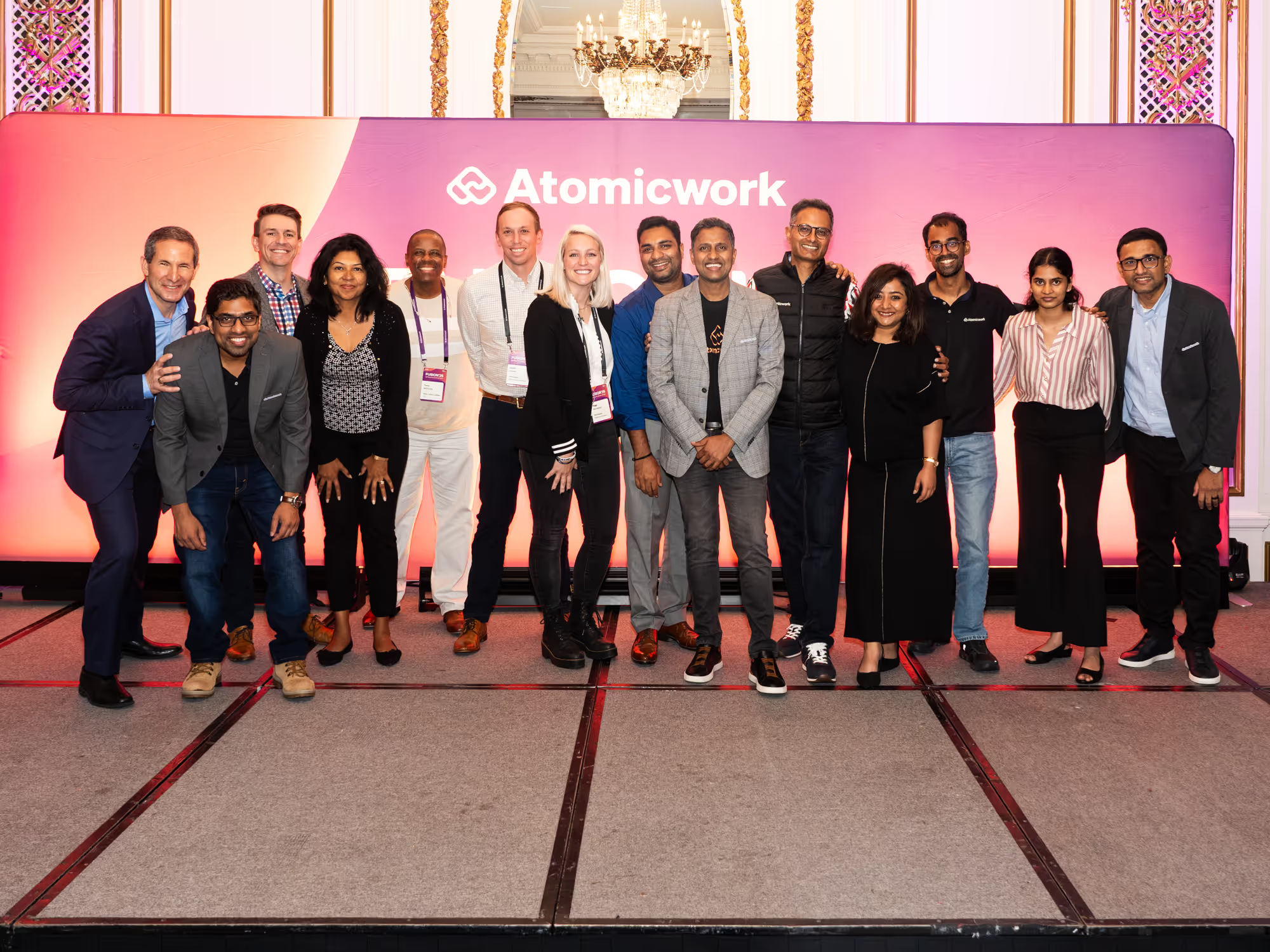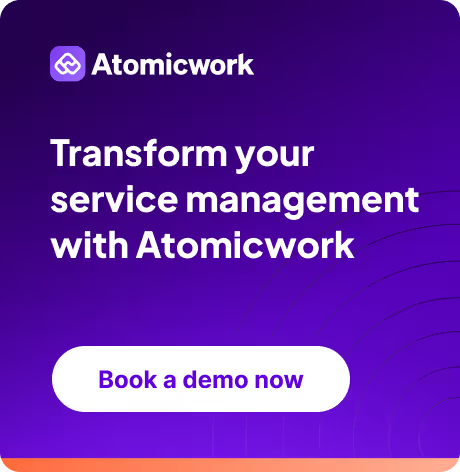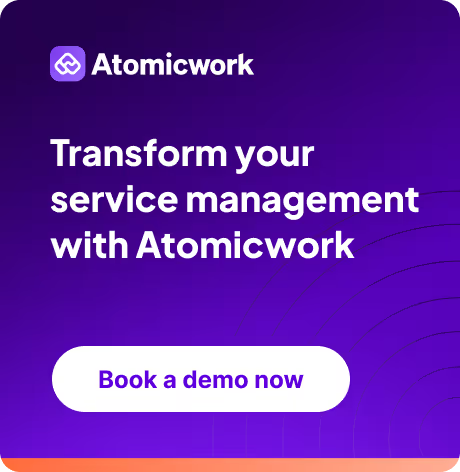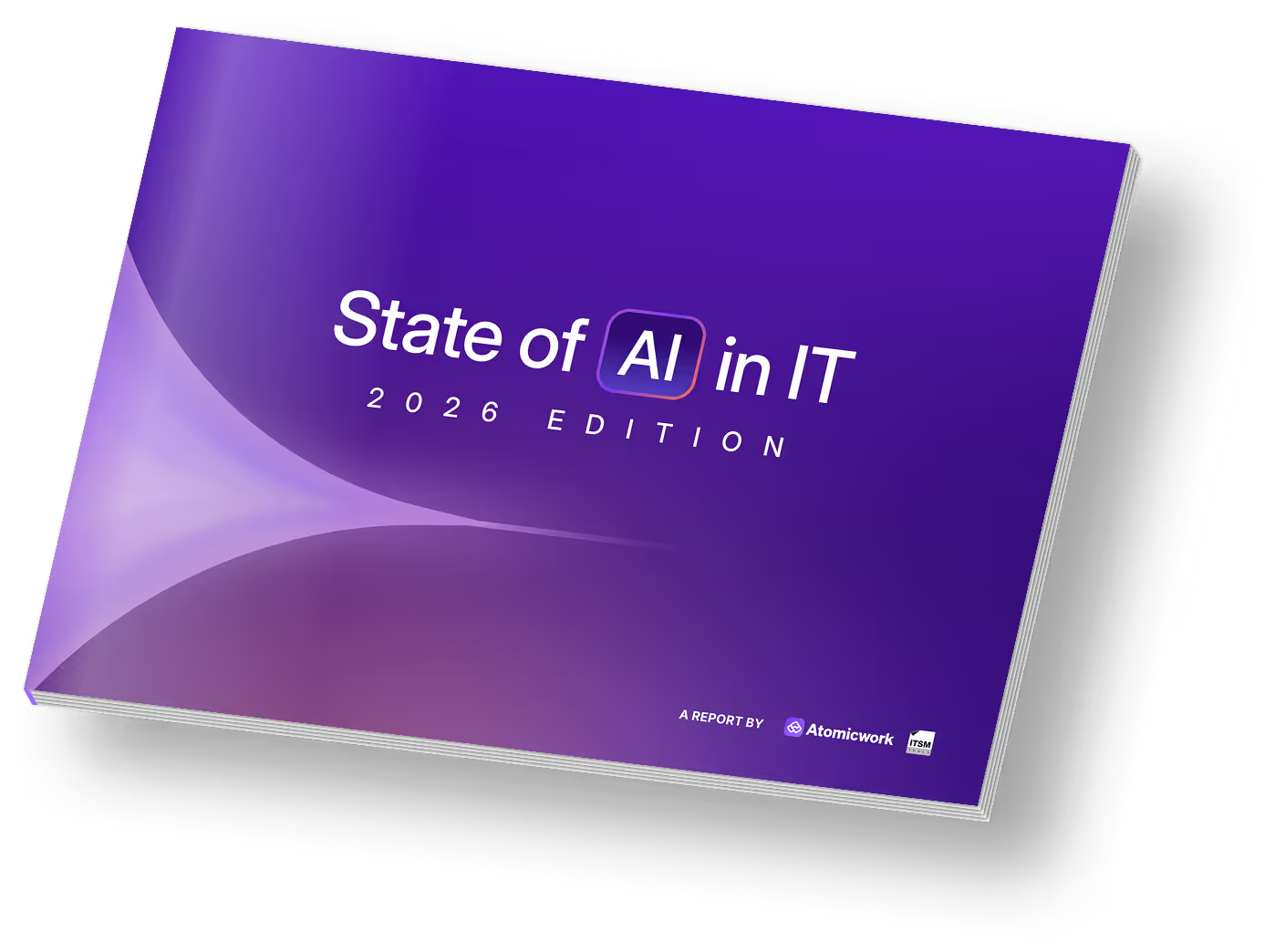The CIO’s Trick-or-Treat Moment with AI: Leadership Lessons from Gartner IT Symposium/Xpo™ 2025

What a week in Orlando. The 2025 Gartner IT Symposium/Xpo™ held up a mirror to the future of enterprise IT where the AI hype finally gave way to AI leadership and architecture.
This year, Gartner moved the dialogue beyond pilots and proofs-of-concept to the decade of relentless AI execution and realizing AI value.
Across keynotes, panels, and hallway conversations, one idea kept coming up repeatedly: The next generation of IT leadership will belong to those who can strategically orchestrate humans and AI agents to turn automation into a superpower.
I had the pleasure of moderating a session on “Agentic AI Success Stories for Enterprise IT” with three remarkable IT leaders: Gary Flowers (CIO of Year Up United), Mark Gill (Senior Director of IT, Zuora), and Raj Kalahasthi (CDIO of The Baldwin Group). Each of them is already building what most enterprises are still articulating: AI-native ecosystems that bring together agents, enterprise context, and humans.

Before I go into the lessons they shared in the panel, here are my notes from the keynote that set the theme of making AI a reality in the upcoming years.
Gartner’s 5 defining trends for the future of IT
I found five remarkable shifts as visible patterns of what real AI leadership looks like.
1. Completely AI-augmented IT is a 2030 workforce reality
Gartner predicts by 2030, all IT work will involve AI. Breaking down the human-AI split up, they called out how 75% of IT tasks will be done by humans augmented with AI and 25% by AI alone.
The IT function itself will evolve into dynamic humans+AI systems that learn from each other in real time.
2. “Golden Path” between AI-readiness and human-readiness
The opening keynote emphasised that hype around AI must be balanced with preparing people and organisations for the shift. This involves debunking disbelief around irrational hype, appointing a dedicated AI leader, and seeing through the hidden costs of AI in terms of data readiness and model maintenance.
3. The rise of the context engineer
As organisations invest in redesigning their workforce and culture to adapt with the AI tech stack, I was pleasantly surprised to see the role of context engineers gaining prominence.
But it’s true. Organizations that are succeeding with AI aren’t exactly the ones deploying the most models or agents. They’re the ones investing in people who can align data, workflows, and culture so that AI can act intelligently within business context.
Context is quickly becoming the new currency of enterprise intelligence.
4. The capacity paradox: Moving from scale to AI value
AI unlocks enormous new capacity across IT operations, yet Gartner reminded us: extra capacity must prove extra value.
CIOs need to reframe success metrics from efficiency to those that drive business impact.
5. Reimagining the CIO’s role to architecting autonomous businesses
Gartner defines “autonomous business” as companies that use self-learning and self-improving technologies to automate value creation and delivery.
And, they predict that through 2035, at least one market industry market leader will be an autonomous business. This means the role of the CIO also evolves from being just “digital transformation” leaders to “business reinvention”, designing autonomous ecosystems where systems learn, humans orchestrate, and intelligence compounds.
I couldn’t help but agree with what the analysts concluded in saying that “AI will change your entire IT estate”. Truly exciting times ahead.
Leading from the frontline: Agentic AI success stories in enterprise IT
I was delighted to see that our panel brought many of these ideas to life in ways that theory simply can’t.
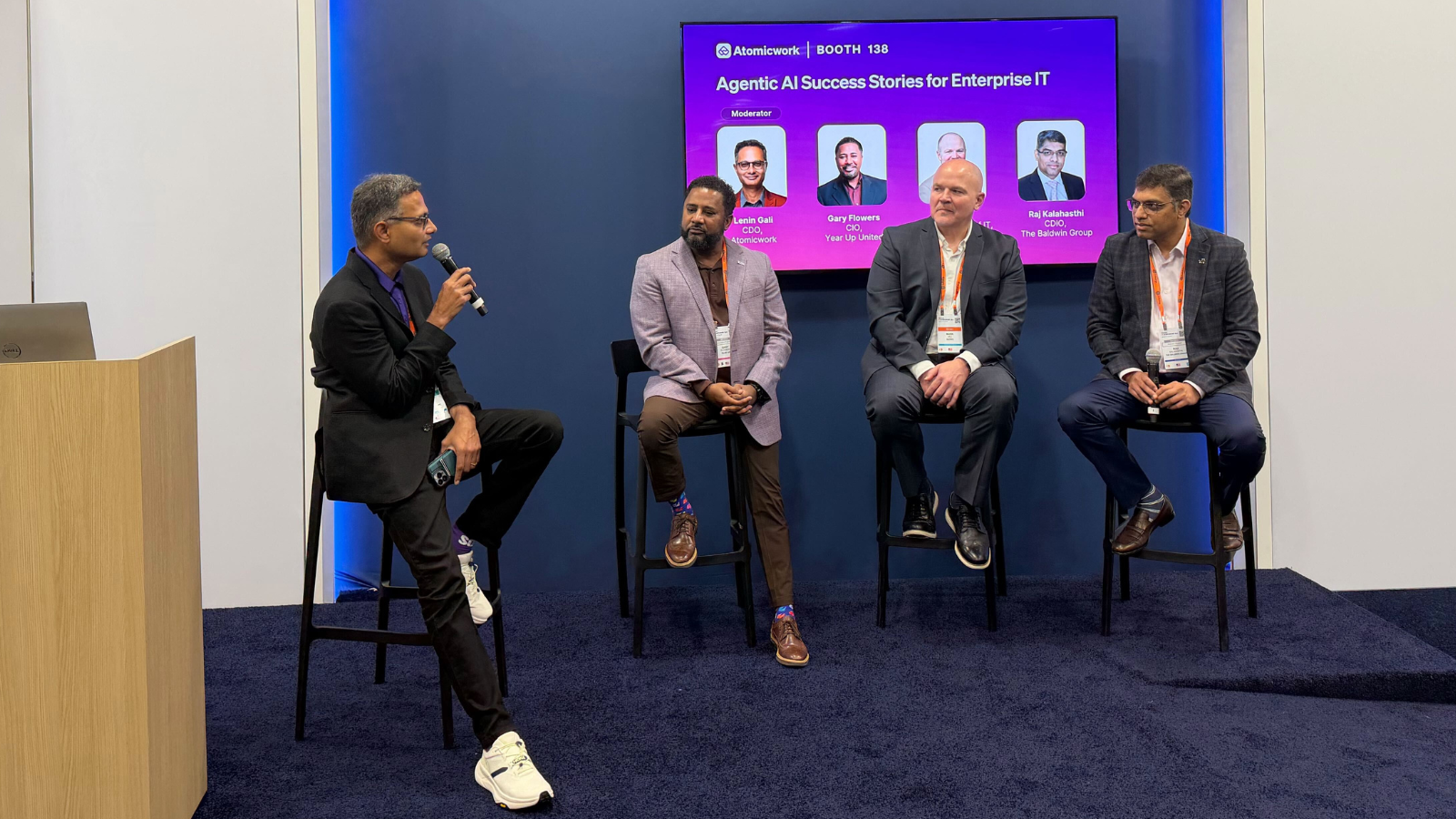
Mark Gill from Zuora shared how their enterprise AI assistant, ZOE Powered by Atomicwork, is serving over 1,500 employees and has already saved $500K while achieving 60% ticket deflection. Mark’s tech philosophy is clear: no one solution fits all needs. His strategy is to identify the right solution for the right problem, with a laser focus on employee experiences. Their business outcomes weren’t due to technology alone but the shift from bolt-on automation to an AI-native, context-aware platform that understands intent and not just commands.
At The Baldwin Group, Raj Kalahasthi described how they’ve embedded AI agents into insurance, HR, and finance to democratize AI across the enterprise. Raj now treats AI agents like team members that need to be continously monitored, optimized, and improved. Indeed, AI agents need management just like people do.
And from Year Up United, Gary Flowers offered a deeply human perspective. As a nonprofit preparing the next generation of enterprise talent, his north star is clear:
Automation should enhance human potential and not reduce it. For Gary, AI is about creating the future workforce that is AI-native in mindset and capability.
I’m excited about the shift from AI tricks to business treats
By the end of my week at Orlando, I could clearly sense the shift in the air: CIOs are no longer experimenting with copilots or other bolt-on AI tools, they’re reinventing enterprise IT from the ground up.
The “trick” with AI is thinking it’s about technology. The CIOs defining this era will lead with a new workforce of humans and agents, converting capacity into real business value.
The real “treat” is in leveraging smart AI leadership to build the future of IT that is guided by context, action, and purpose. Reach out to me and my team if you're interested to find out how we can shape the future of IT together.
You may also like...

